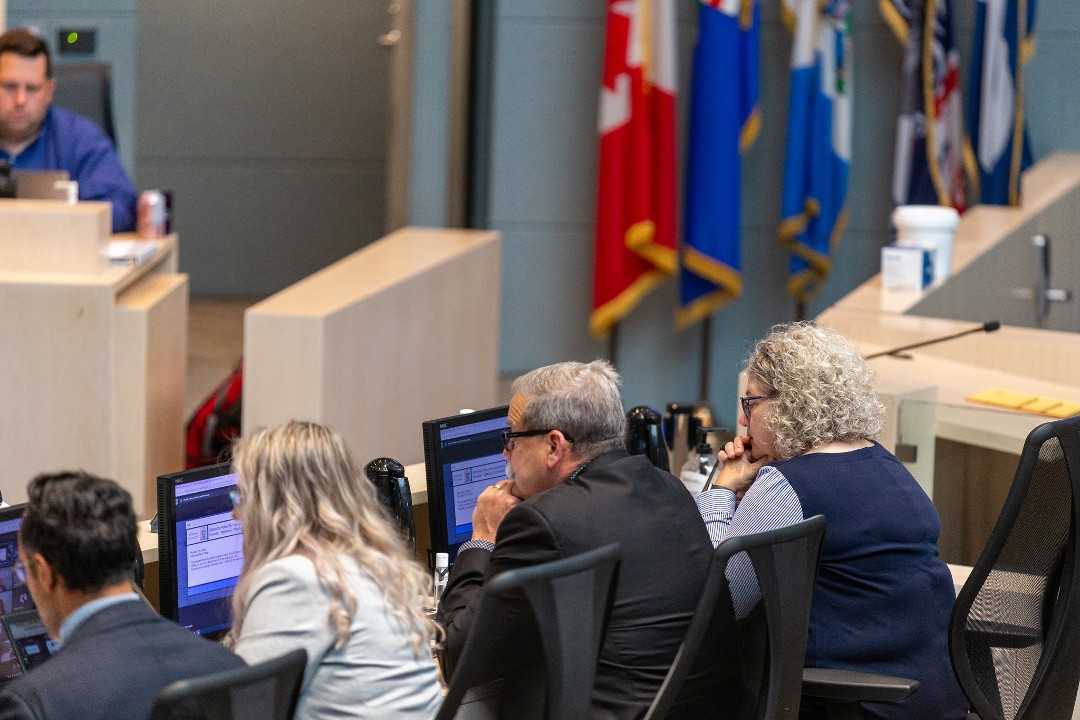City council is this week deliberating how to adjust Edmonton's four-year budget, which it passed in December 2022. Each spring and fall, council revisits this four-year budget to allow it to respond to any significant changes, such as shifts in legislation, economic conditions, unforeseen salary settlements, or even new projects and services council itself wants to add.
Edmonton creates budgets in four-year cycles. Each council, therefore, passes one budget and adjusts this budget each spring and fall. Edmonton's budgets are broken into four chunks: capital, operations, the waste services utility budget, and the Blatchford utility budget. Edmonton has added a carbon budget, too.
But do most Edmonton residents understand this process or the terms used during it? Could the average Edmonton resident, say, explain what it means to hold something in abeyance, what an unfunded service package is, or what a capital profile looks like? Rather than wonder, Taproot decided to explain the basics to help you understand a conversation that will shape your city.
- Capital vs. operations: A capital budget is money that pays for the construction of new things. An operating budget pays for maintaining, operating, administering, or otherwise activating many capital investments. Take a library: To build it, we use the capital budget; to staff, maintain, clean, and make it safe, we use the operations budget.
- Service packages: During adjustment debates, expect to hear about service packages. These are administration's costing of what adding or enhancing an existing operation would cost. Many city operations have money that flows in, known as revenues — think transit rider fees. The shortfall between revenues and expenses is referred to as the net operating requirement.
- Capital profiles: If city administration suggests or responds to council direction to build something new, and this was budgeted inside the original four-year budget, council will debate it as a capital profile.
- Funded vs. unfunded: Anything that council suggests we need as an additional capital project or operations enhancement — outside of the original four-year budget — comes to them during the adjustment as unfunded. This means council has not passed the money needed for the thing or service to proceed, and doing so will mean changes to the bottom line.
- Hold in abeyance: You made it to the end! To hold something in abeyance is city-speak for pausing or suspending something until the next adjustment deliberation, or another agreed-upon trigger.

